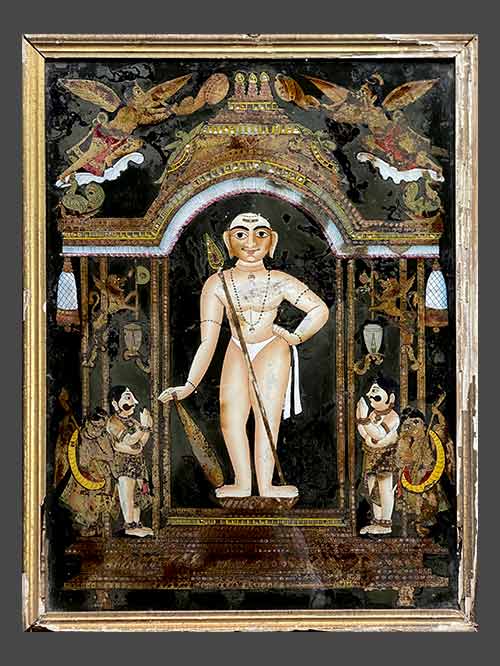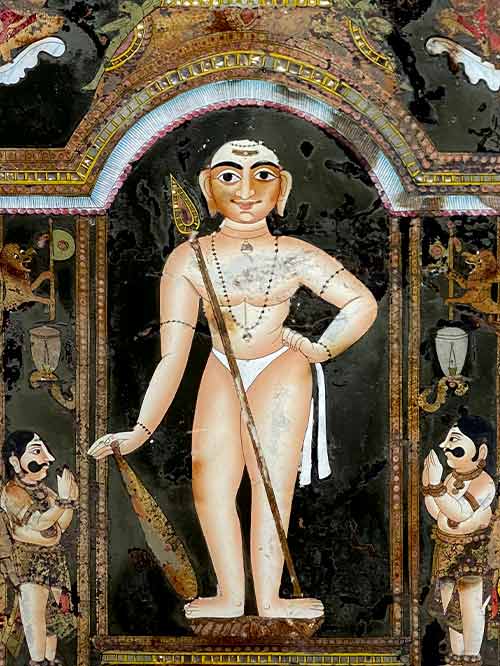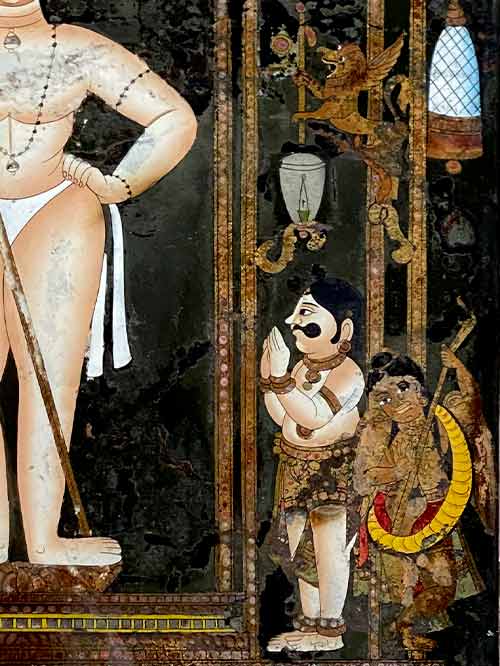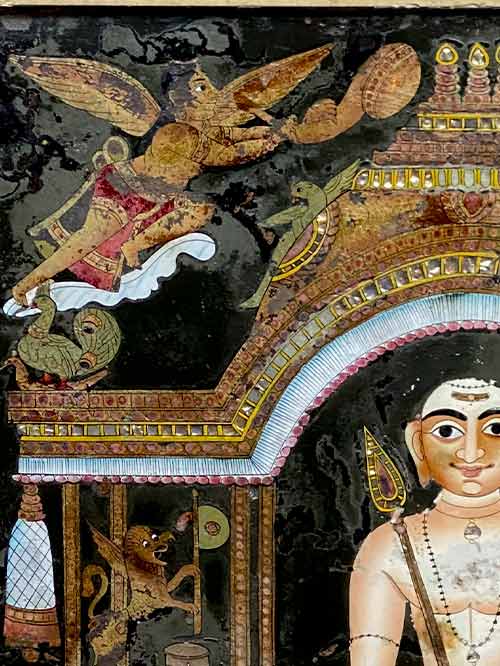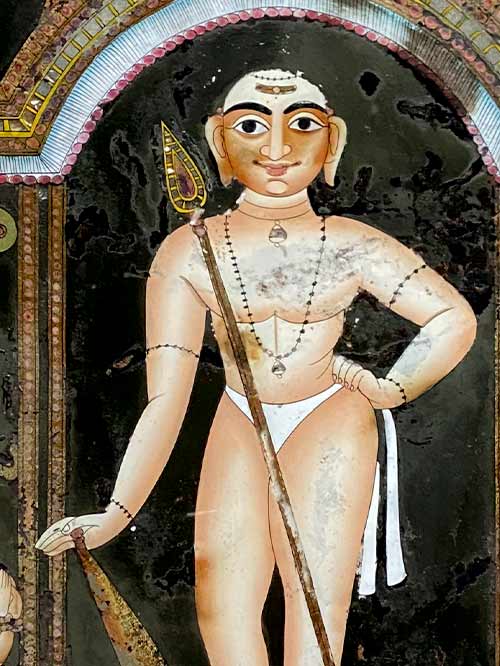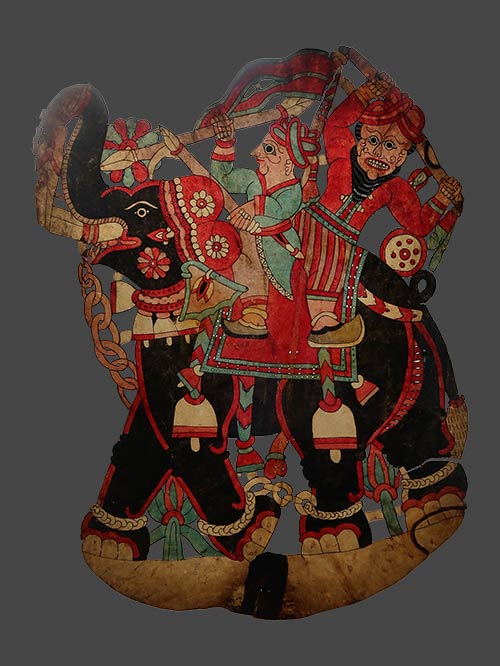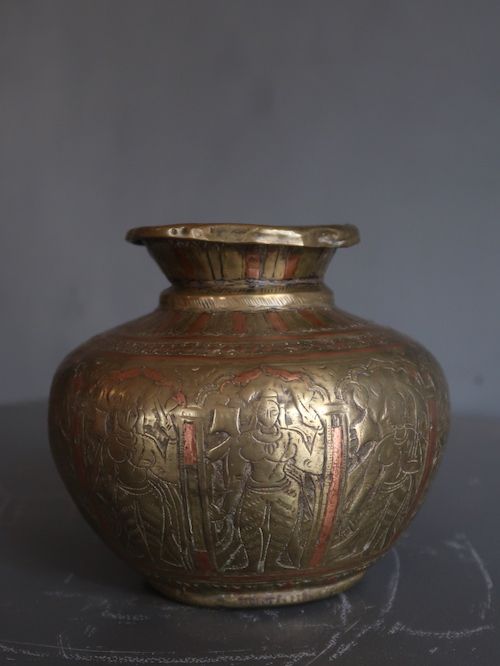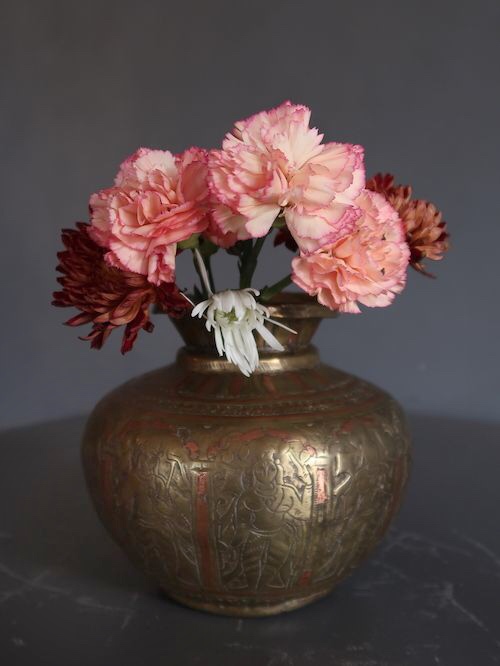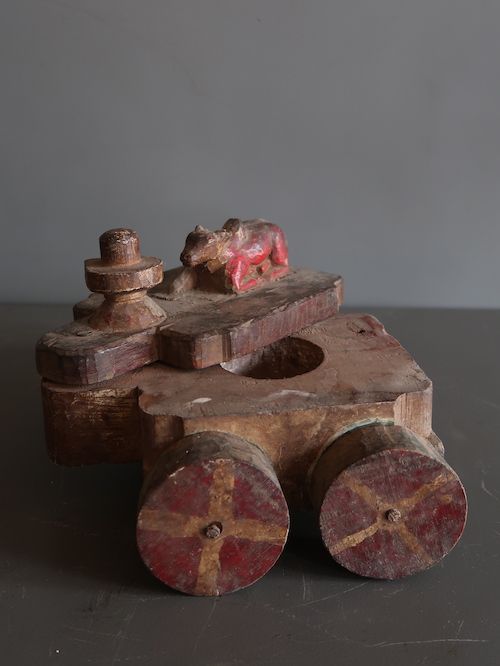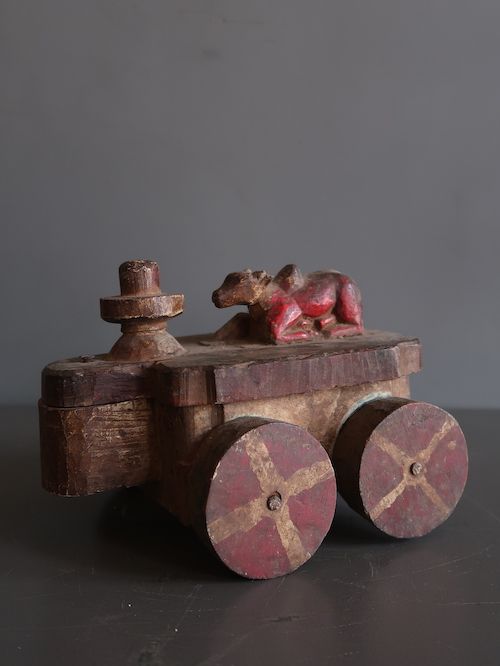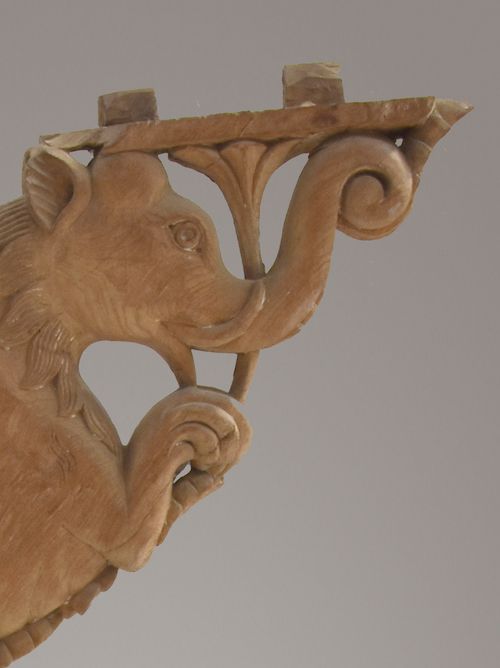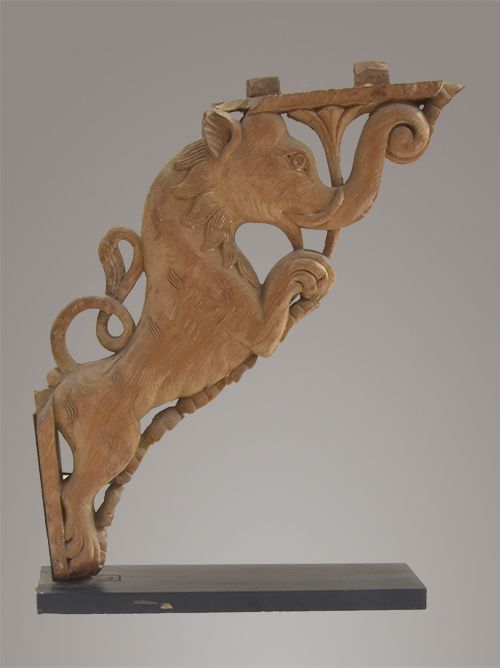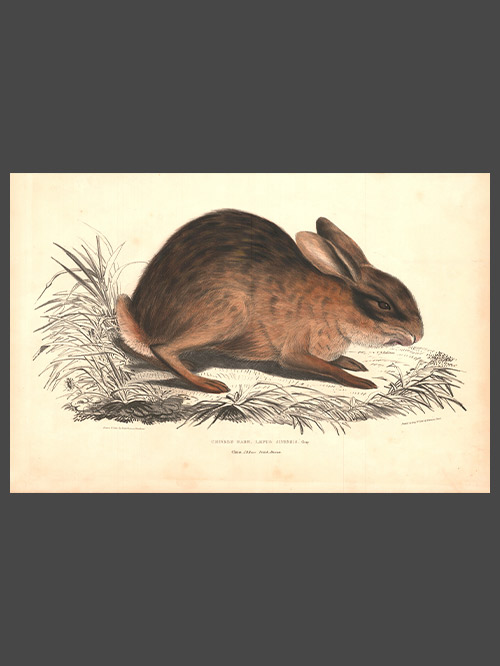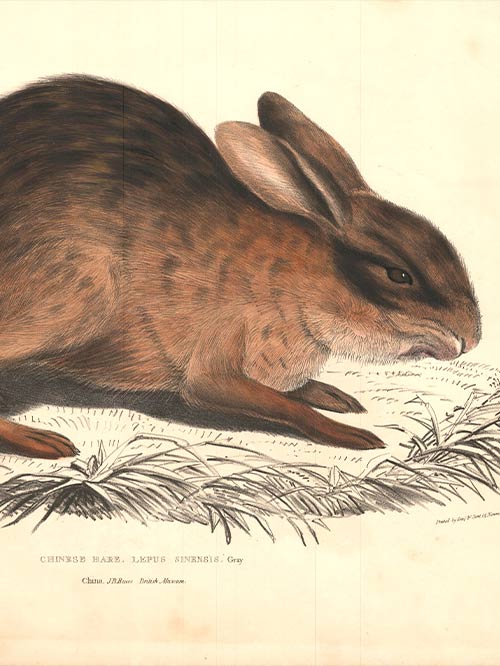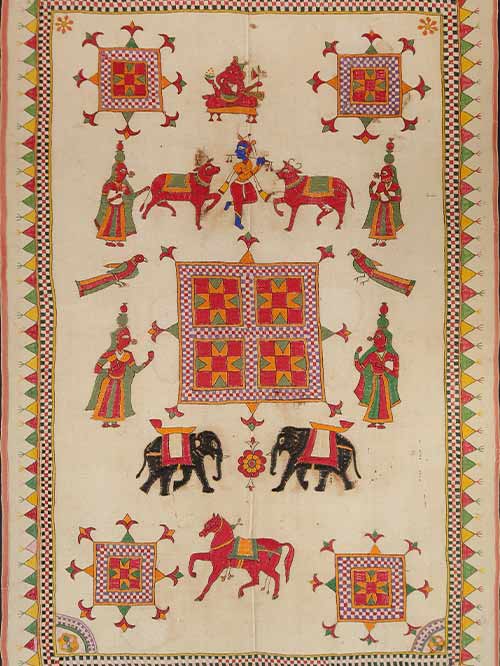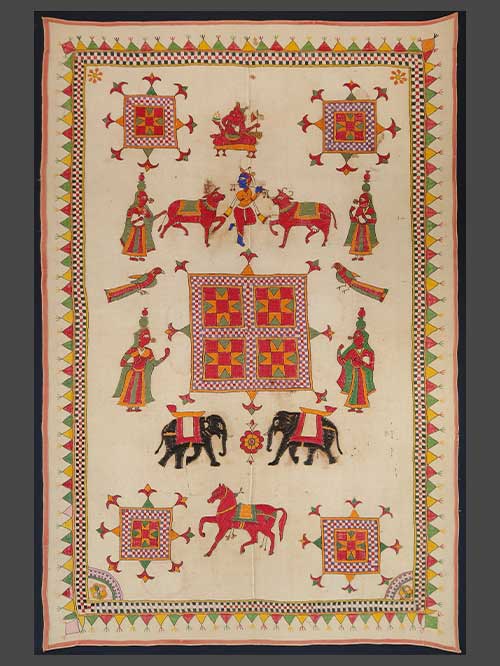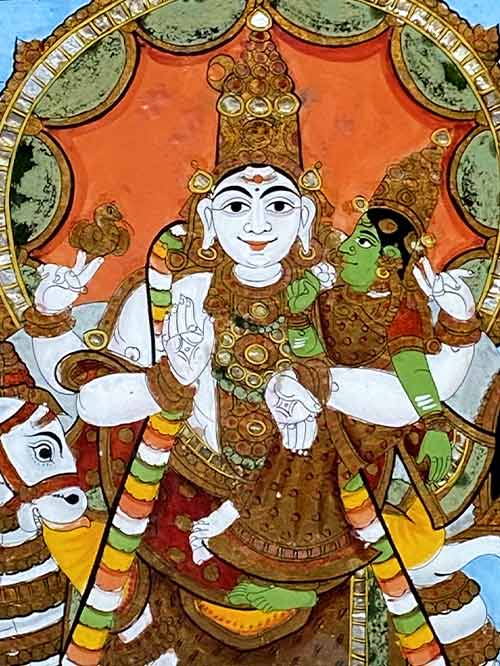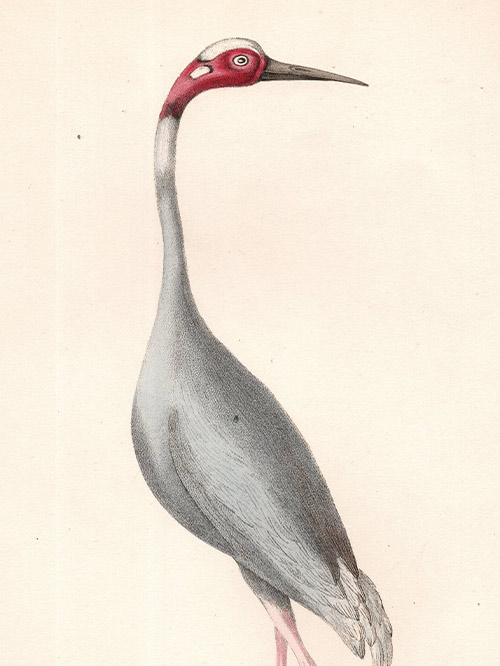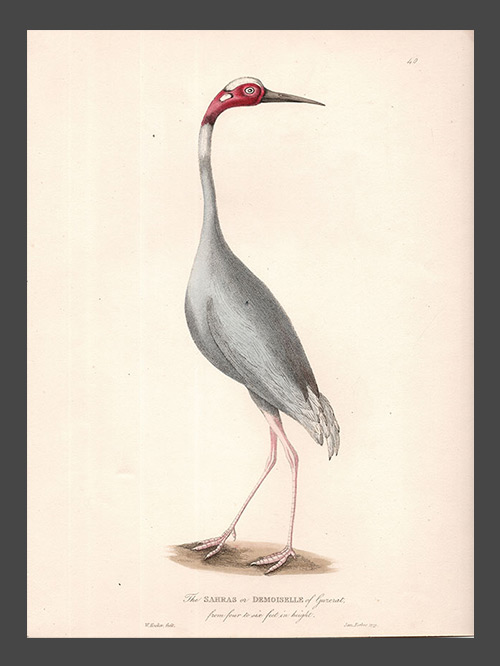Tanjore (South India)
reverse painting on glass
This painting shows the mula murti, the fixed image of the deity, enshrined in the Dandayudhapani temple at Palani, Tamil Nadu. This site is one of the six holy abodes of Murugan, visited by thousands of pilgrims especially in the months of January-February. According to the myth, it is here that Murugan confronted and killed the asura Itumpan but then moved by the pleas of Agastya and the asura’s wife, restored him back to life. The painting, shows the deity enshrined in a small pillared pavilion, possibly a portable shrine, hung with pearl tassels and glass lamps, and capped by a dome above which float gandharvas blowing trumpets. The deity is represented as a boy holding a staff and wearing only a kaupinam, an undergarment. Rudrakshamalas adorn his head and hang from his neck. His characteristic vel, or spear, leans on his right shoulder, and he holds a thick rod in his right hand. He is flanked by devotees and gandharvas, the latter playing the vina.
Reverse glass paintings were introduced into India the late 18th century from China by way of the China Trade. Indian artists adopted the technique of reverse glass painting partly on account of its novelty and also because it was a relatively inexpensive medium which could produce rich effects. The technique proved extremely popular and soon spread through western and southern India and even to former provincial Mughal capitals of Oudh, Murshidabad.
In Tanjore – a small state with an old art tradition- a distinctive school of glass painting developed in the early 19th century and continued for more than a hundred years. The style was essential Indian – it tended to repeat patterns of regional painting: images of deities, portraits and themes form the ancient myths, secular themes such as portraits of kings or nobles, courtesans and musicians. The colour was rich and the style bold and defiant. The subjects were clearly presented with a certain opulence and glamour.
Framed Size (cms): 65(H) x 50.8(W)
Framed Size (inches): 25.5(H) x 20(W)

